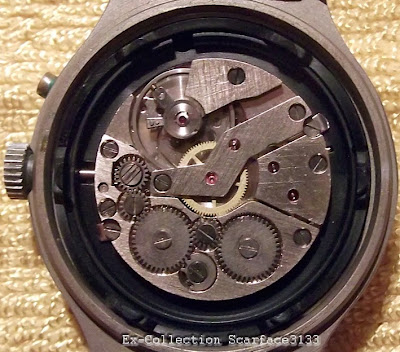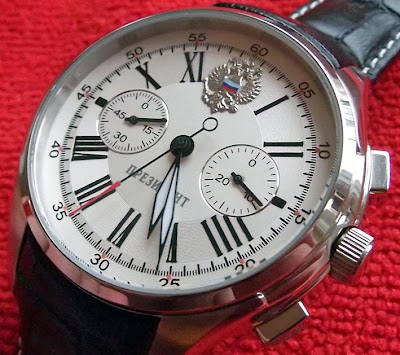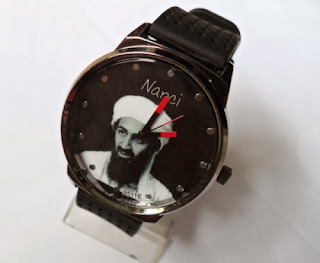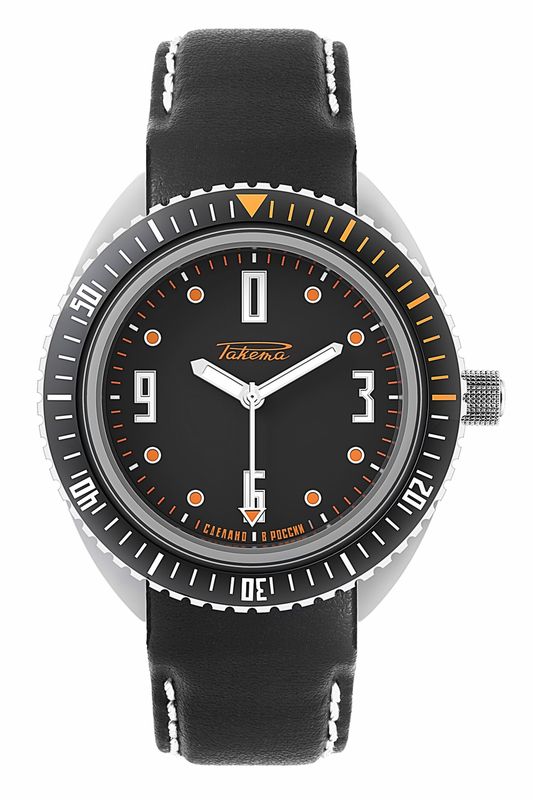Can Stopped Watches Really Help Determine Time of Death?: Detective fiction, or forensic fact? - Washington City Paper
It goes like this:
In detective fiction, a common plot device is the broken clock or watch that tells the time of the murder. Does this ever happen? Has a broken clock or watch ever been admitted as evidence in a murder trial to show the time of the crime? —Oscar Colombo, MarylandThis is one of those tropes future consumers of vintage whodunits are going to find unintelligible. It’s not like we don’t use timekeeping devices anymore; on the contrary, I’m still waiting for clothing manufacturers to resize that little pouch in a pair of pants to fit the pocket watch known as an iPhone. However, the day will surely come when someone reading Agatha Christie’s 1963 novel The Clocks (the murder victim is found surrounded by clocks stopped at 4:13) is going to say: A clock with stopped hands? What the hell is that?Be that as it may, we found many real-life murder cases where a stopped timepiece had been used to determine the time of death. In 1867 Joseph Humphrey was found dead near Yuba City, Calif., having been attacked by an unknown assailant with a hammer. The time of death was fixed by a silver watch with a broken crystal in the victim’s pocket, showing about 11 PM.In 1919, taxi driver Dosylva Cote was waylaid and beaten to death while en route between Worcester and Clinton, Mass. Although his automobile was taken, his money and watch were not. The watch had stopped at 3:30 AM and restarted when shaken, thus likely indicating the time of death.And in 1935 Mr. and Mrs. Thomas Coleman of Spotsylvania, Virginia, were murdered and thrown into a well. One clue left behind by the killers was an antique eight-day pendulum clock stopped at 8:20, apparently when the cabinet door was opened to search for money.In other instances, a stopped watch figured in a murder trial: In 1857, Charles Littles of Rochester, New York, was murdered by his brother-in-law Ira Stout for allegedly mistreating his wife, Stout’s sister Sarah. (The fact that Littles had discovered his wife and BIL were having an incestuous affair may have been a contributing factor.) Sarah and Ira lured Charles to a nearby riverbank one night, where Ira bludgeoned him with an iron mallet and shoved his body into the water. When Ira was tried for the murder, a piece of evidence against him was Charles’s broken watch—stopped at 8:40 PM, the time of the killing.In 1954 not one but two damaged watches were involved in one of the most famous murder cases of the 20th century: that of Dr. Sam Sheppard, accused of beating his wife, Marilyn, to death. Watch one, which belonged to Marilyn, was initially reported to have stopped at 3:12, presumably indicating the time of death; later, though, one investigating officer said it had read 11:30, and a police evidence photo showed it reading 8:05. Watch two, belonging to Sam, was covered with blood and found in a green bag on a bluff overlooking Lake Erie, near the Sheppard home. This watch had stopped at 4:15, apparently when water got into it. Sheppard claimed this had happened innocently prior to the murder, and that he then got blood on the watch (which he evidently was still wearing in the middle of the night even though it was broken) while checking his wife’s pulse. The alternative theory seems to be that after killing his wife, Sheppard threw the bloody watch into the lake, then thought better of it. Sheppard was convicted and imprisoned but acquitted years later after a second trial.In 2004 Ivan Camacho was found dead in a remote part of southern California with multiple stab wounds and other injuries, wearing a smashed and bloody wristwatch stopped at 3:19 AM, which investigators took to be the time of death. Camacho had last been seen alive at 2:45 AM with his friend Ricardo Machuca, and Machuca was next seen at about 4 with a fresh cut on his finger. Machuca was found guilty of first-degree murder.In the aforementioned cases, the broken timepiece wasn’t pivotal in convicting a criminal. But we found one where it was.In 1941 Merrill Joss was tried in Maine for the bludgeoning death of his wife, Luverne. Witnesses testified that Merrill said he’d left the house at 8 PM and returned at most 12 minutes later to find Luverne dead. But her watch, broken and bloodied, was stopped at 8:16. What’s more, Merrill didn’t call the police until 9:03, 47 minutes after the watch had stopped. He was convicted and sentenced to prison.Despite advancing technology, dramatists still resort to the stopped-watch gambit. In a recent episode of the TV series Criminal Minds, for example, a serial killer places a watch stopped at 6:22 on victims’ wrists. This seems a bit musty. Surely in an era of ubiquitous metadata and mobile devices with accelerometers, a modern Poirot might determine not just the time and place of a victim’s death, but the force of the fatal blow.—Cecil Adams










































